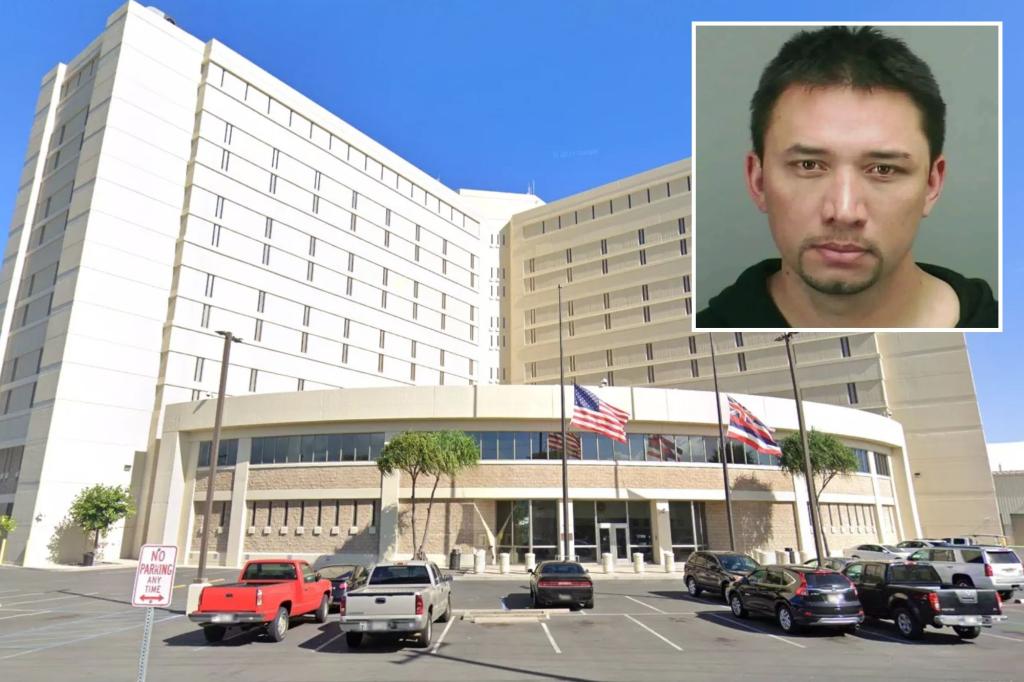The unexpected death of Michael Miske, a prominent Hawaii crime boss, within the confines of the Honolulu Federal Detention Center has raised serious questions about the security and control mechanisms within the federal prison system. Miske, awaiting sentencing for a litany of serious crimes, was found unresponsive in his cell and later declared dead due to an overdose of fentanyl and para-fluorofentanyl, a potent synthetic opioid. The circumstances surrounding his access to these lethal substances within a supposedly secure environment demand a thorough investigation. This incident underscores the ongoing challenges and systemic issues plaguing the Bureau of Prisons, including drug smuggling and the potential compromise of staff integrity.
Miske’s demise marks a dramatic end to a career steeped in criminal activity. His conviction on 13 charges, encompassing racketeering, murder, kidnapping, and other violent crimes, painted a picture of a ruthless individual who orchestrated a reign of terror in Hawaii. The planned seizure of his substantial assets, estimated at $28 million, including luxury properties and artwork, highlighted the extent of his illicit gains. The abrupt termination of his life before sentencing brings a complex legal case to an unforeseen close, leaving lingering questions about the full extent of his criminal network and the potential for further investigations.
The discovery of fentanyl and para-fluorofentanyl in Miske’s system raises immediate concerns about the vulnerability of federal detention facilities to drug infiltration. The presence of these highly potent synthetic opioids, particularly within a controlled environment like a federal detention center, suggests a breakdown in security protocols and raises the specter of internal corruption or negligence. The fact that para-fluorofentanyl, a substance even more powerful than fentanyl, was involved, underscores the gravity of the situation and the potential lethality of the drugs circulating within the prison walls. This incident necessitates a meticulous investigation into the source of the drugs, the methods employed to smuggle them into the facility, and any potential involvement of prison personnel.
The incident involving Michael Miske is not an isolated incident within the Bureau of Prisons. The agency has been grappling with a multitude of challenges in recent years, ranging from widespread sexual abuse and other criminal conduct by staff to chronic understaffing, escapes, and high-profile deaths. These systemic issues highlight a pervasive culture of negligence and corruption within the organization, jeopardizing the safety and well-being of both inmates and staff. The repeated occurrence of such incidents underscores the urgent need for comprehensive reforms within the Bureau of Prisons to address these deeply entrenched problems.
The August incident in California, where a mailroom supervisor died after opening a letter laced with fentanyl and other substances, further illustrates the vulnerability of the prison system to drug smuggling. The subsequent charges against an inmate and two others for conspiracy to mail drugs into the penitentiary highlight the sophisticated methods employed by individuals to bypass security measures. This case, alongside Miske’s death, points to the urgent need for enhanced security protocols, including more stringent screening of mail and other incoming items, as well as heightened surveillance within the facilities themselves.
The death of Michael Miske serves as a stark reminder of the ongoing crisis within the Bureau of Prisons. His demise, attributed to an opioid overdose within a supposedly secure federal detention center, raises serious questions about the effectiveness of security protocols and the potential for internal corruption. The presence of highly potent synthetic opioids like fentanyl and para-fluorofentanyl within the prison walls underscores the urgent need for comprehensive reforms to address drug smuggling, staff misconduct, and the overall safety and security of these facilities. The Bureau of Prisons must take decisive action to prevent future tragedies and restore public trust in its ability to manage the incarcerated population effectively and responsibly. A thorough investigation into Miske’s death, coupled with a commitment to implementing meaningful reforms, is crucial to ensuring the integrity and safety of the federal prison system.

